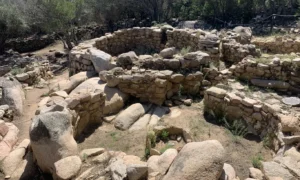The Lu Brandali Nuragic Complex, situated in the northern region of Sardinia, Italy, offers a significant glimpse into the Nuragic civilization, which thrived from the 14th century BC to the 10th century BC. This archaeological site is located in the municipality of Santa Teresa Gallura, specifically in the locality of Santa Reparata. The complex is set on a granite promontory and is surrounded by a dense forest of olive trees, myrtles, mastic trees, and junipers, providing a picturesque setting that enhances the historical and cultural significance of the site.
Nuragic civilization
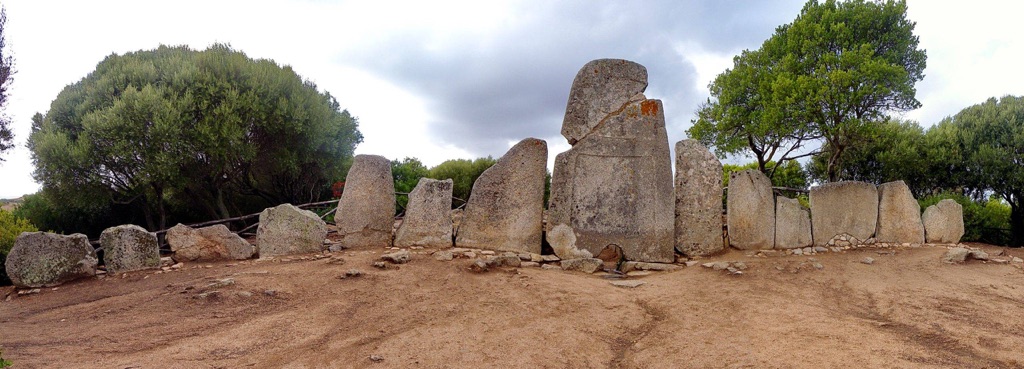
The Rise of the Nuragic Civilization (1800 BC – 238 BC)
The Nuragic civilization, a unique culture that emerged in the Bronze Age, around 1800 BC, thrived on the island of Sardinia until the Roman colonization in 238 BC. It gets its name from the Nuraghes – the distinctive beehive-shaped stone towers these ancient people built. Over 7,000 of these towers still dot the landscape of Sardinia, serving as monuments to the engineering skills of the Nuragic people. The constructions served various purposes, including defense, housing, and places of worship.
The Nuragic civilization developed a distinct identity, but evidence suggests they were not entirely isolated. Their seafaring capabilities facilitated trade and possibly cultural exchange with other Mediterranean cultures. The finding of Mycenaean pottery in Sardinia hints at contacts with the Aegean world.
The Nuraghes: Architectural Wonders of Sardinia
Giants’ graves, another feat by the Nuragic civilization, evidence a society heavily invested in communal and ritualistic activities. These collective burial sites, found nowhere else in the world, feature long stone galleries dug out of the earth from boulders—some up to 30 meters long. The civilization also left behind sacred wells, bronze figurines, and mysterious menhirs that tell the tale of a well-organized, vibrant society. Together with the nuraghes, these archaeological treasures paint a picture of the Nuragic civilization that was complex and far from primitive. Their achievements encapsulate a formative chapter in European prehistory and continue to intrigue archaeologists seeking to unravel the full story of the Sardinia Nuragic civilization.
Beyond the Towers: Exploring Nuragic Society
The Nuragic civilization’s mastery over bronze is particularly noteworthy. Their metalworking skills were exceptional, producing tools, weapons, and intricate bronze statuettes that depict warriors, animals, and deities, showcasing a sophisticated level of artistic expression and technical prowess. These artifacts suggest a society that valued craftsmanship and had a complex social structure, possibly indicative of a hierarchical society led by warrior elites. The bronze figurines, often found in sacred wells, hint at intricate religious rituals and beliefs centered around water, fertility, and the afterlife. This spiritual aspect of the Nuragic culture, combined with their military capabilities, paints a picture of a society that was as spiritual as it was martial.
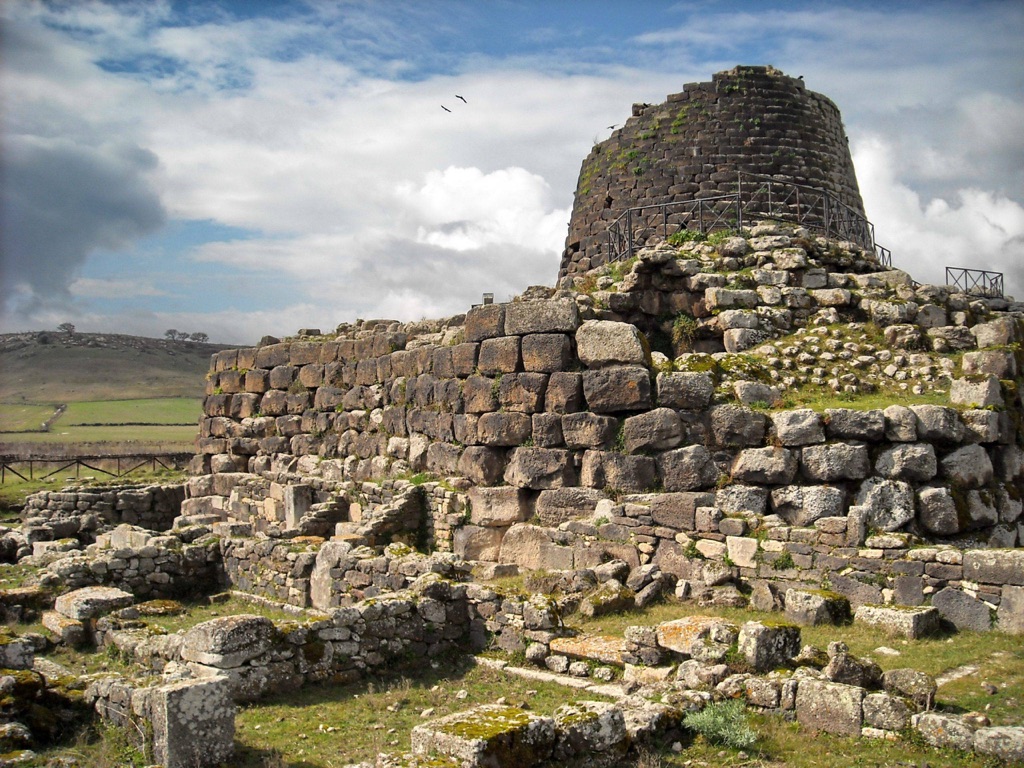
Seafaring Sardinia: Trade and Cultural Exchange
The strategic importance of Sardinia in the Mediterranean cannot be overstated, and the Nuragic civilization capitalized on this by becoming adept seafarers. Their ships facilitated not only trade but also cultural exchanges with other civilizations, despite their relative isolation. This seafaring capability suggests that the Nuragic people were not as isolated as once thought, engaging in trade and possibly even conflict with neighboring cultures. The evidence of Mycenaean pottery found in Sardinia hints at contacts with the Aegean world, challenging the notion of the Nuragic civilization as entirely insular. These interactions would have played a role in shaping the Nuragic society, contributing to its complexity and resilience.
The Decline of the Nuragic civilization
The Nuragic civilization’s decline and eventual absorption by the Roman Empire in 238 BC marked the end of a unique chapter in human history. However, the legacy of the Nuragic people lives on, not just in the physical remnants scattered across Sardinia but also in the cultural and historical consciousness of the island. The nuraghes and giants’ graves continue to be symbols of Sardinian identity and pride, a link to an illustrious past that remains a source of fascination and mystery. The resilience of these structures, surviving millennia, speaks to the ingenuity and strength of the Nuragic civilization.
The Enduring Legacy of the Nuragic People
The Nuragic civilization of Sardinia represents a remarkable and somewhat enigmatic chapter in the broader tapestry of human history. Their achievements in architecture, metalworking, and seafaring, set against the backdrop of their unique social and religious practices, offer invaluable insights into the complexity and diversity of ancient societies. As archaeologists continue to unearth the secrets of the Nuragic people, we are reminded of the enduring legacy of civilizations that have shaped our understanding of the past. The story of the Nuragic civilization is a testament to the ingenuity and resilience of humanity, a narrative that continues to captivate and inspire.
FAQs on the Nuragic Civilization
Where did the Nuragic people come from?
The origins of the Nuragic people, the society behind the ancient Nuragic civilization, remain a subject of debate among historians and archaeologists. Genetic and linguistic studies suggest that they could have been indigenous to the island of Sardinia, possibly descending from the pre-Neolithic populations that settled in the Mediterranean during the Upper Paleolithic and Mesolithic periods. There is also evidence to suggest influences and migrations from the Iberian Peninsula and the central Mediterranean region, contributing to the unique cultural and genetic makeup of the Nuragic people.
How old are the nuraghi?
The nuraghi, the iconic stone towers that are a hallmark of the Nuragic civilization, date back to the Bronze Age. The earliest structures are believed to have been constructed around 1800 BC, with the building activity continuing extensively until around 900 BC. Some nuraghi were used and modified up until the late Roman period, indicating their long-lasting significance in Sardinian culture.
What is the Nuragic civilization timeline?
The Nuragic civilization flourished on the island of Sardinia from the Bronze Age to the Iron Age, approximately from 1800 BC to 238 BC. This timeline can be divided into several phases: the Early Bronze Age (1800-1600 BC), when the first nuraghi were built; the Middle Bronze Age (1600-1300 BC), marked by the construction of complex nuraghi and the development of Nuragic villages; the Late Bronze Age (1300-900 BC), characterized by the peak of Nuragic architecture and society; and the Iron Age (900-238 BC), during which the Nuragic civilization gradually came into contact with and was influenced by the Phoenicians, Carthaginians, and Romans, leading to its eventual decline.
Were the Nuragic civilization the original inhabitants of Sardinia?
While the Nuragic civilization is the most well-documented and prominent prehistoric culture of Sardinia, it is not accurate to describe the Nuragic people as the original inhabitants of the island. Evidence of human presence in Sardinia dates back to the Upper Paleolithic, approximately 20,000 years ago, long before the emergence of the Nuragic civilization. These early inhabitants would have been the ancestors of the Nuragic people, contributing to the foundation of what would become the Nuragic civilization. Therefore, the Nuragic people were descendants of the island’s earlier prehistoric populations, evolving into the society recognized today through their remarkable architectural and cultural achievements.
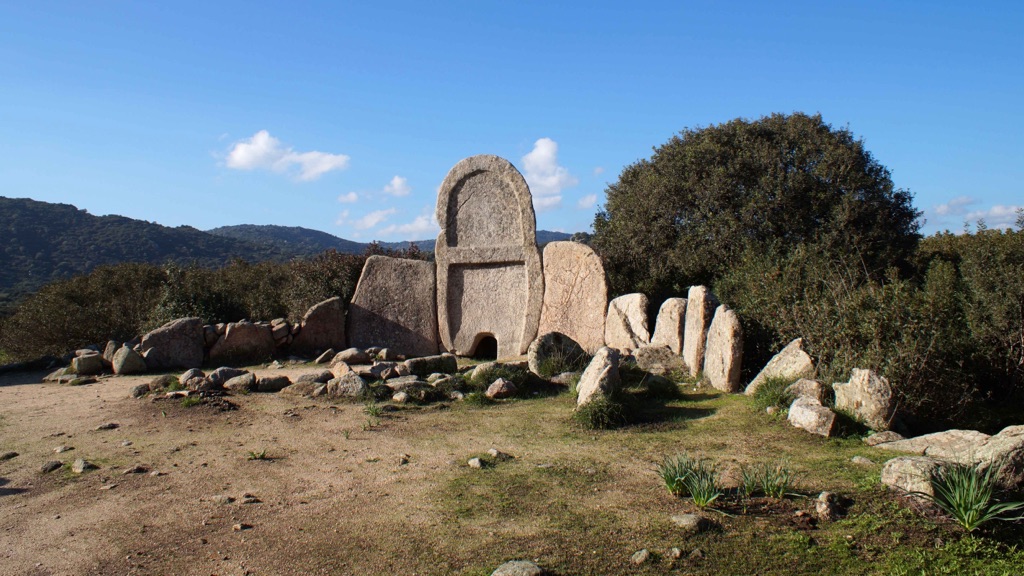
S’Ena e Thomes
S’Ena e Thomes is a significant archaeological site located in Sardinia, Italy. It is one of the largest and best-preserved nuragic tombs known as “giants’ graves.” These collective burial sites date back to the Bronze Age, created by the Nuragic civilization. The site stands as a testament to the island’s prehistoric inhabitants and their complex social structures, religious beliefs, and architectural skills.
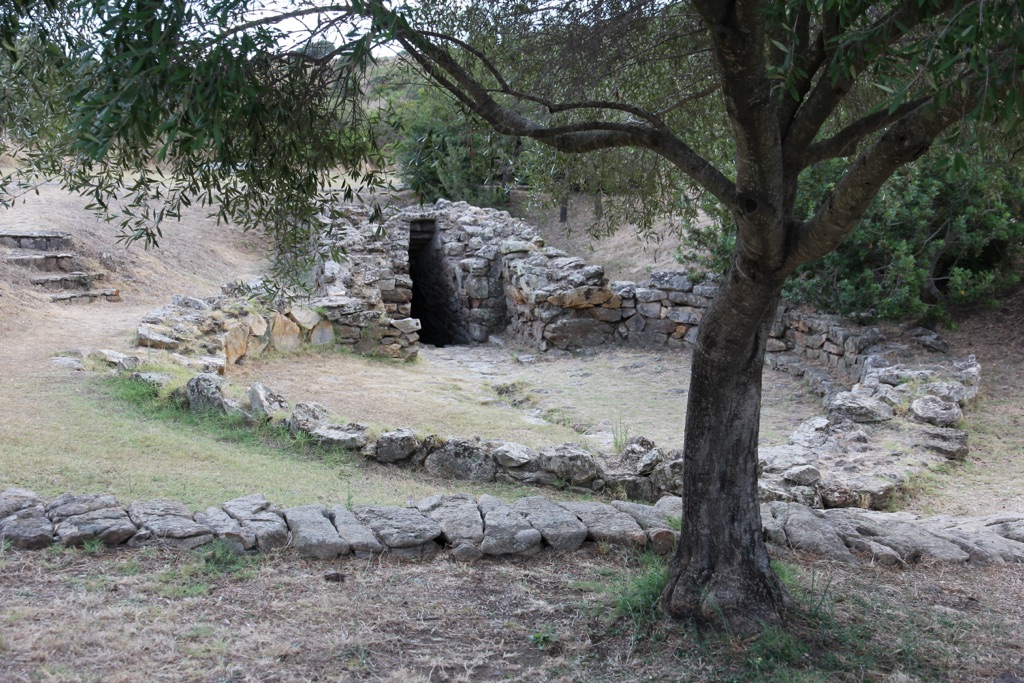
Sa Testa Well Sardinia
Sa Testa Well is an ancient sacred well located in Sardinia, Italy. It stands as a testament to the Nuragic civilization that flourished during the Bronze Age. The well is a remarkable example of the Nuragic people’s engineering and religious practices. It is a key archaeological site that offers insights into the spiritual life of this ancient community. The well’s precise function remains a subject of debate among scholars, but it is widely believed to have been used for religious rituals involving water worship.
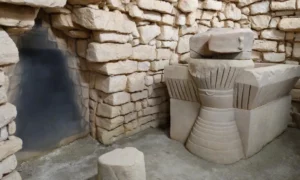
Nuraghe Su Mulinu
Nuraghe Su Mulinu is a prehistoric archaeological site located in the Villanovafranca region of Sardinia, Italy. It’s part of the Nuragic civilization, which thrived in the Bronze Age. The site features a central tower, secondary towers, and a village. It’s the only Nuragic Site to be found with a grand altar in tact. Nuraghe structures are unique to Sardinia and provide insight into the island’s ancient inhabitants. Nuraghe Su Mulinu stands as a testament to the Nuragic culture’s engineering prowess and societal structure.
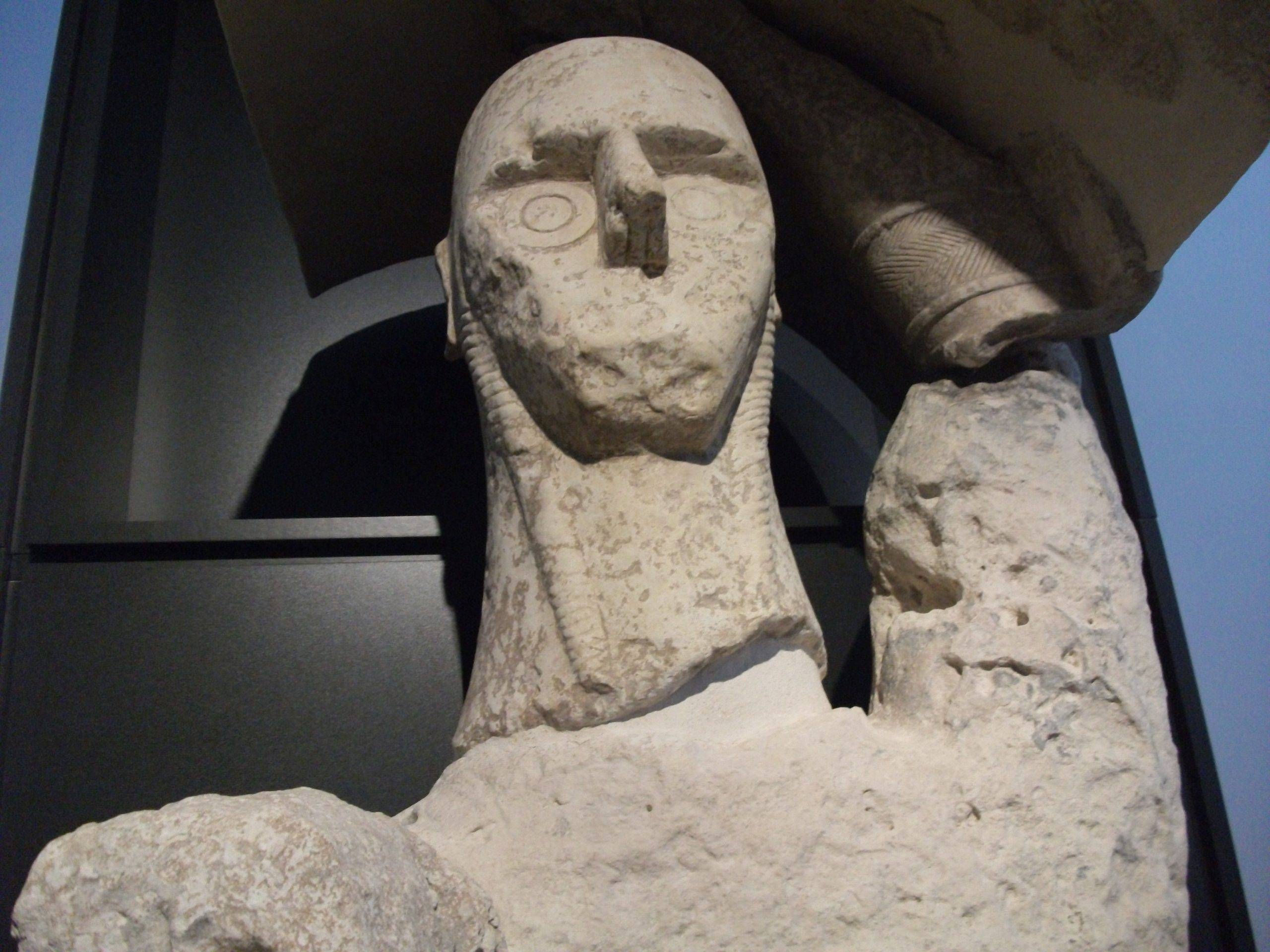
Giants of Mont’e Prama
The Giants of Mont’e Prama are a collection of impressive stone sculptures discovered in Sardinia, Italy. They date back to the Nuragic civilization, which thrived in the Bronze Age. These statues are unique in Mediterranean archaeology and represent one of the earliest examples of monumental sculpture in Europe. The figures, some standing over 2 meters tall, depict warriors, archers, and boxers, as well as models of nuraghes, the distinctive tower-like structures found throughout Sardinia. Their discovery has shed light on the art, religion, and society of the ancient Nuragic people.
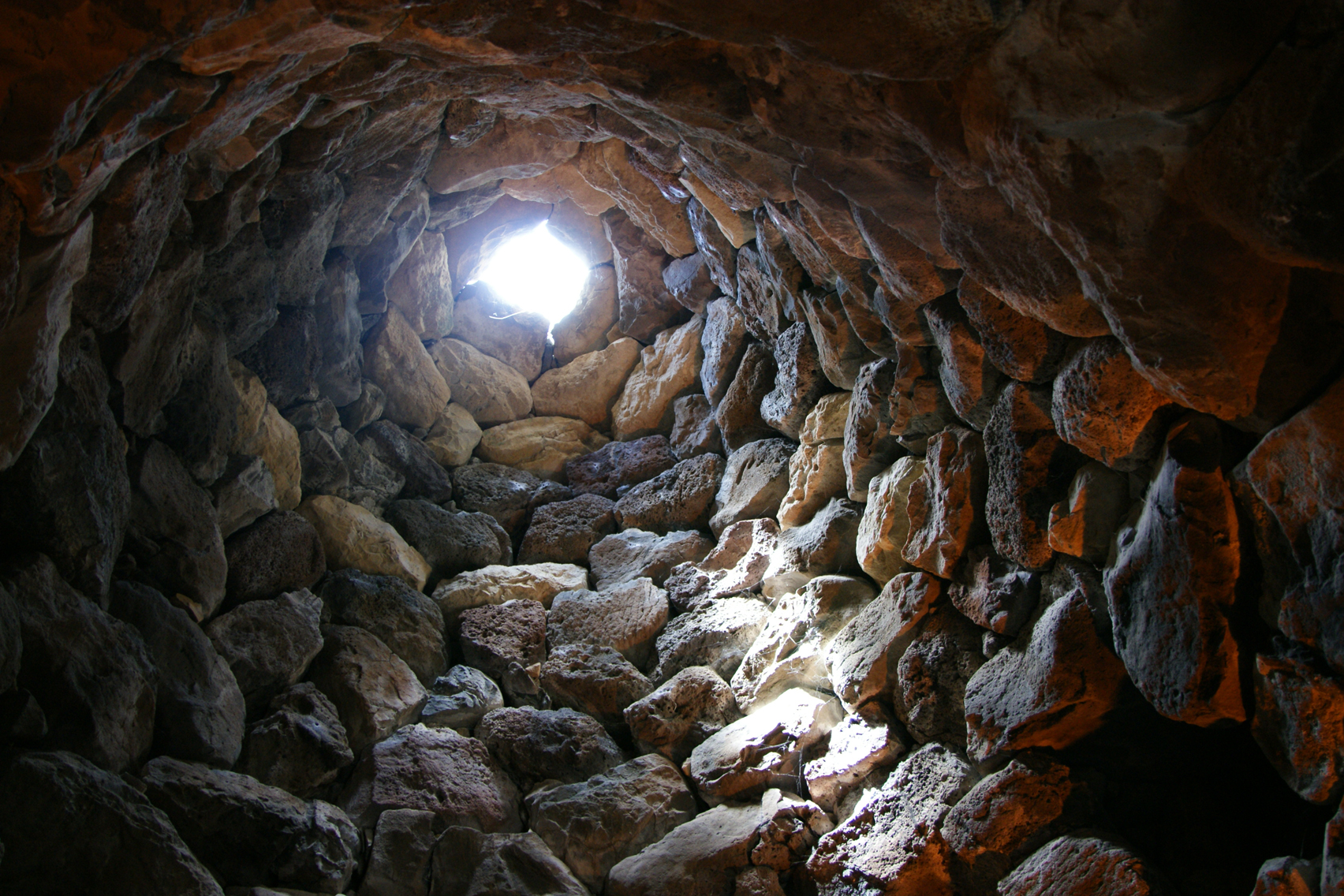
Su Nuraxi di Barumini in Sardinia
Su Nuraxi di Barumini stands as a remarkable testament to the Nuragic civilization. This prehistoric site, nestled in the scenic landscape of Sardinia, Italy, captures the essence of an ancient culture. Its towering stone fortresses, known as nuraghes, offer a window into the past. Visitors can explore the complex network of dwellings, towers, and intricate defensive structures. These remnants highlight the advanced engineering skills of a vanished civilization. Stories of the Nuragic people and their way of life come alive as one wanders through the ruins. The site provides not just historical insights but also a breathtaking experience for history buffs and casual visitors alike.

